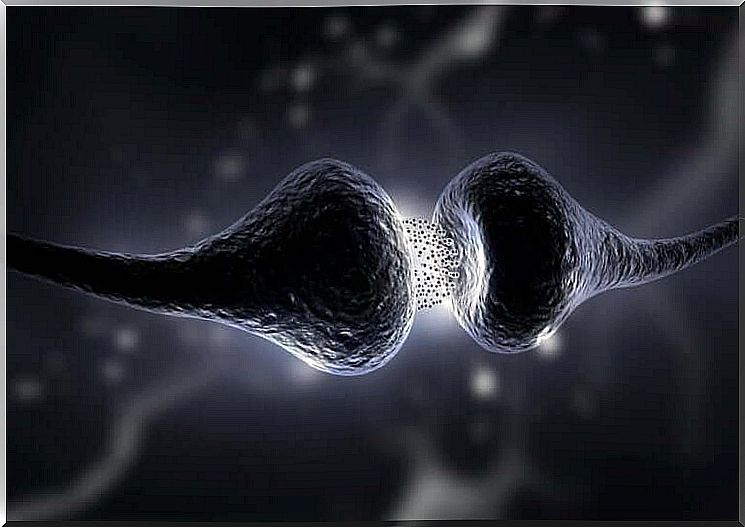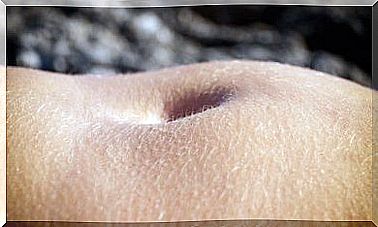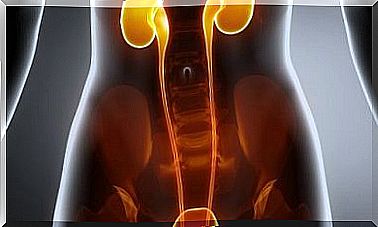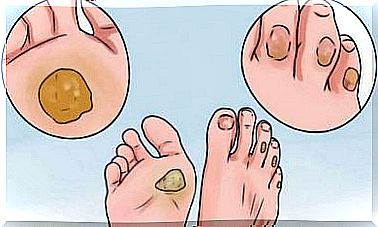Interesting Facts About Myasthenia Gravis
Myasthenia gravis is a chronic neuromuscular disease which, among other things, often leads to impaired facial expression. Learn more about this disorder today.

Myasthenia gravis is an autoimmune disease that manifests itself in particular through weakness and rapid fatigue of the skeletal muscles. The immune system attacks the muscles’ receptors, which enable normal movements. This means that the connection between nerves and muscles is broken and the muscles do not function properly as a result.
The Latin term myasthenia gravis means severe muscle weakness. It is estimated that one in every 5000 is affected. While this disorder can occur at any age, it is most common in women before the age of 40 and in men after their 50th birthday.
It is a very debilitating and complex disease for which there is currently no cure. However, there are several therapies available that can help alleviate symptoms.
In today’s article, you will learn all there is to know about this disease.
What is myasthenia gravis?
To understand this disease, it is important to know how skeletal muscles work. The muscles have specific receptors that receive a chemical signal from the nerves. Usually substances are released at the nerve endings when we want to make some voluntary muscle movement. These substances act on the muscle receptors and enable the desired movement through the appropriate strength and precision.

In patients with myasthenia gravis , however, the immune system is disturbed and attacks the muscle receptors. As a result, the chemical substances cannot activate the muscles, which leads to muscle weakness and fatigue.
Muscle weakness increases in an active phase. Myasthenia gravis usually affects those muscles that are responsible for facial expression, chewing and swallowing. The respiratory muscles can also be affected by this disease.
What are the symptoms of myasthenia gravis?
As mentioned earlier, muscle weakness is the most common symptom. This increases when a muscle is used repeatedly and improves when you are resting. However, the symptoms increase as the disease progresses and become very intense after a few years.
Many muscle groups can be affected, but the most common areas are:
- Eye muscles: Most people have trouble seeing. For example, you suffer from double vision. In addition, many have drooping eyelids, and both eyelids can be affected.
- The majority of patients have difficulty speaking. The voice is mostly nasal and gentle.
- In addition, there are swallowing disorders: simple movements such as chewing or swallowing food cause difficulties and are often complicated. This creates a risk of suffocation when eating or drinking.
- The facial expression is lost: People with myasthenia gravis usually cannot laugh normally.
- Muscle weakness can also occur in the extremities or in the neck area. When this happens, movement becomes restricted, making it difficult for people to walk or keep their head in a natural position. The head then falls to one side.

How is myasthenia gravis diagnosed?
When making a diagnosis, the doctor takes into account the patient’s clinical history and conducts a thorough physical examination. A variety of additional tests are also required to confirm the diagnosis. For example, a neurological examination of muscle strength and tone, reflexes, coordination, etc. is important.
A blood analysis can also provide important information for the correct diagnosis. As already explained, it is an autoimmune disease, so there are usually specific antibodies in the patient’s blood.
Other examinations and tests are also used for diagnosis:
- Ice pack test: If the patient has a drooping eyelid, the doctor will put an ice pack on for a few minutes and then examine whether the cold is affecting this symptom.
- Repetitive series stimulation of individual nerves (RSN): This is an electrophysiological test in which a weakness of the muscle can be detected through the artificial stimulation of the muscle load.
Conclusion
Myasthenia gravis is a complex disease that manifests itself as muscle weakness. It can affect different parts of the body, for example the eyes, the extremities or the respiratory muscles.
It is a serious disease that puts the patient’s life at risk. In addition, there is currently no way to cure this pathology. In the event of symptoms, it is therefore essential to see a doctor as soon as possible so that the correct treatment can be initiated if the diagnosis is confirmed in order to control the symptoms.









